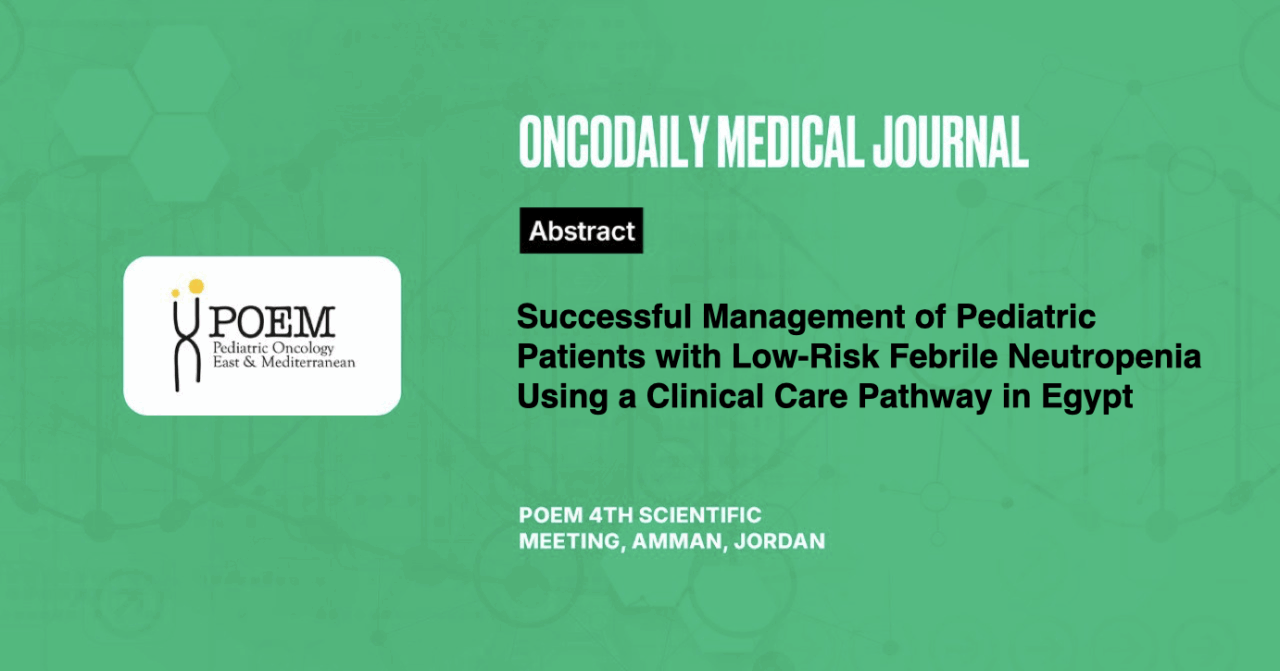Successful Management of Pediatric Patients with Low-Risk Febrile Neutropenia Using a Clinical Care Pathway in Egypt
Abstract
Introduction: Criteria for home management of low-risk (LR) febrile neutropenia remain challenging in supportive care. Careful selection of LR febrile neutropenic pediatric patients can improve outcomes and decrease complications. In the current study, we implemented a clinical pathway for pediatric patients presenting to the emergency room (ER) department with LR febrile neutropenia.
Methodology: This is a prospective study from December 2021 to September 2022; all patients presented to the emergency room department were screened for pathway evaluation, and risk stratification was performed using a strict checklist. Patients were included if they met the LR criteria. Thorough clinical and laboratory assessments were performed on these patients. All patients started oral antibiotics and were instructed about alarming signs. Patients were followed up at the outpatient clinic on days 3 and 7.
Results: 200 patients with 200 episodes of low-risk febrile neutropenia were enrolled, 110 males and 90 females; underlying hematological malignancies accounted for 54%. On day three, 181 patients out of 200 were afebrile for 24 hours (90%), and 47.5% were still neutropenic. At day seven, all study patients were afebrile, had recovering counts, and stopped antibiotics regardless of the count. Absolute neutrophil count recovery on day seven was achieved in 95.5% of patients.
Conclusion: Proper patient selection and pathway implementation can avoid unnecessary hospital admission and IV antibiotics in those with low-risk febrile neutropenia criteria, making it a safe and successful pathway.





